Esterification
We believe in providing top quality workmanship and are so confident in our level of service that we back.
We believe in providing top quality workmanship and are so confident in our level of service that we back.
Esterification has found its place widely in the food, fragrance, and flavors industries. Additionally, the polymer industry and cosmetic industries have also been adopting this process. Esterification is a Fat Modification process.
Medium or long-chain fatty acids react with glycerol to produce the desired glyceride compound. Esters are created when carboxide acid reacts with alcohol in the presence of a catalyst. The resultant glyceride and esters produced are composed of naturally occurring fats and oils, a select compound for particular use.
Reactor: Choose an appropriate reactor, such as a batch or continuous reactor, depending on the scale of production.
Mixing: Combine glycerol with fatty acids or fatty acid esters in the reactor.
Heating: Heat the mixture to the desired temperature. Typical temperatures range from 200°C to 300°C (392°F to 572°F), depending on the catalyst used and reaction conditions.
Esterification Reaction: Allow the reaction to proceed. During glycerolysis, glycerol reacts with fatty acids or fatty acid esters to form glycerides (monoglycerides and diglycerides) and, potentially, free fatty acids.
Monitoring: Monitor the reaction progress, temperature, and pressure. Adjust parameters as needed to optimize conversion rates and yields.

Strategies to ensure proactive domination. At the end of the day,User generated content in real-time will have multiple touchpoints for offshoring.




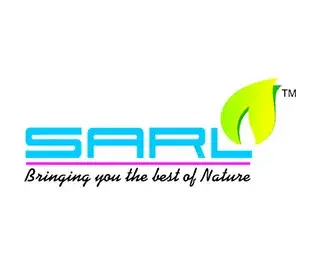

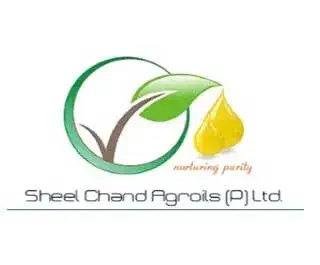
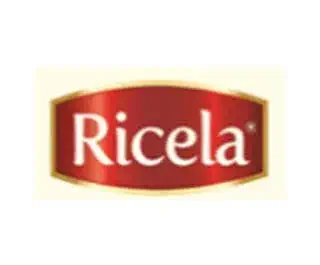
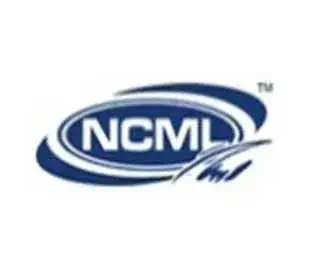







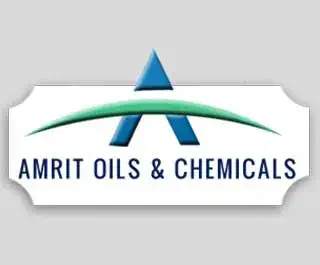


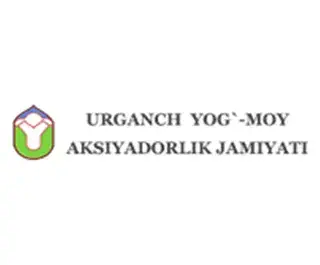

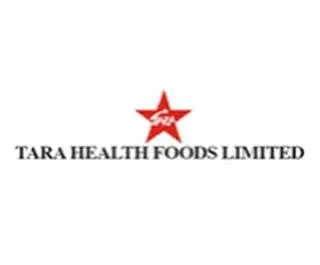
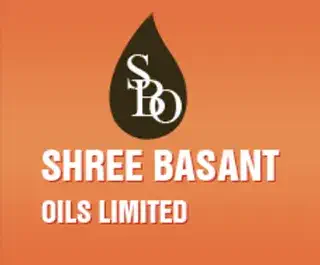
Discover some of the most asked questions regarding Esterification Glycerolysis Process.
The primary products of the glycerolysis process are glycerides, which include monoglycerides and diglycerides. These are used in various applications, such as emulsifiers in food products and cosmetics.
The glycerolysis process typically requires:
1. Temperature: Ranges from 200°C to 300°C (392°F to 572°F), depending on the catalyst and reaction specifics.
2. Pressure: The process is usually carried out under pressure to maintain the desired temperature and reaction conditions.
3. Time: Reaction time varies based on the specific process and desired conversion rates.
The reaction is monitored by measuring temperature, pressure, and composition at various stages. Techniques such as sampling and analytical methods (e.g., chromatography) are used to assess the progress of the reaction and ensure optimal conditions.
Glycerolysis involves the reaction of glycerol with fatty acids or fatty acid esters to produce glycerides. Transesterification, on the other hand, typically involves the reaction of triglycerides (fats/oils) with alcohol (usually methanol or ethanol) to produce biodiesel (fatty acid methyl esters) and glycerol. Both processes are related but serve different purposes and produce different products.